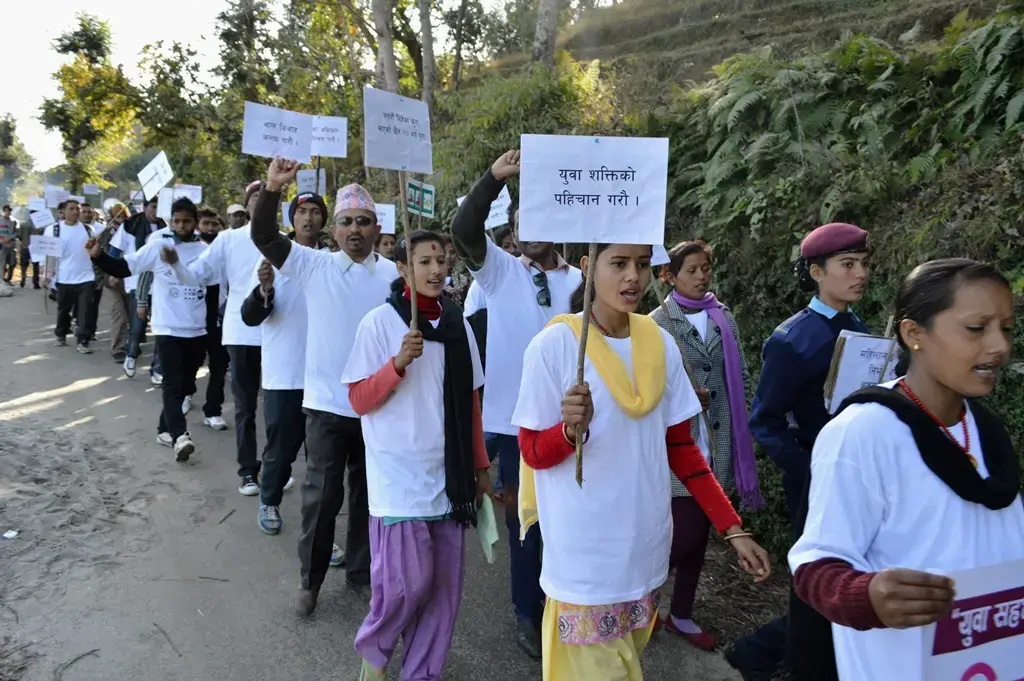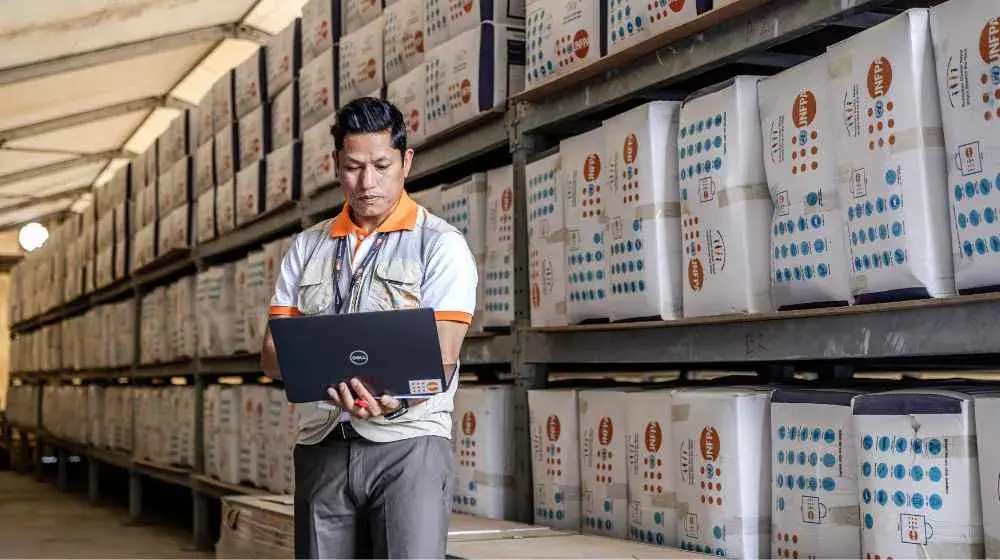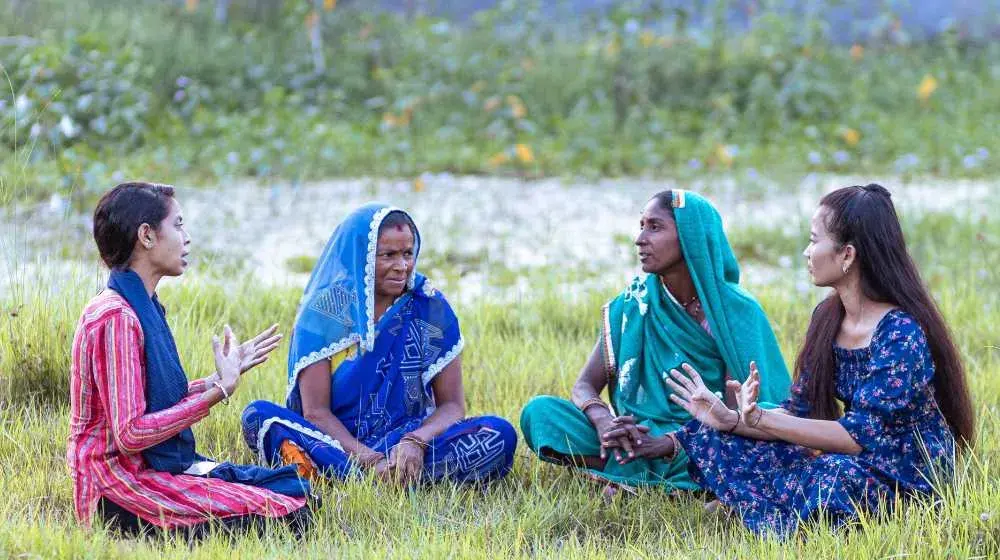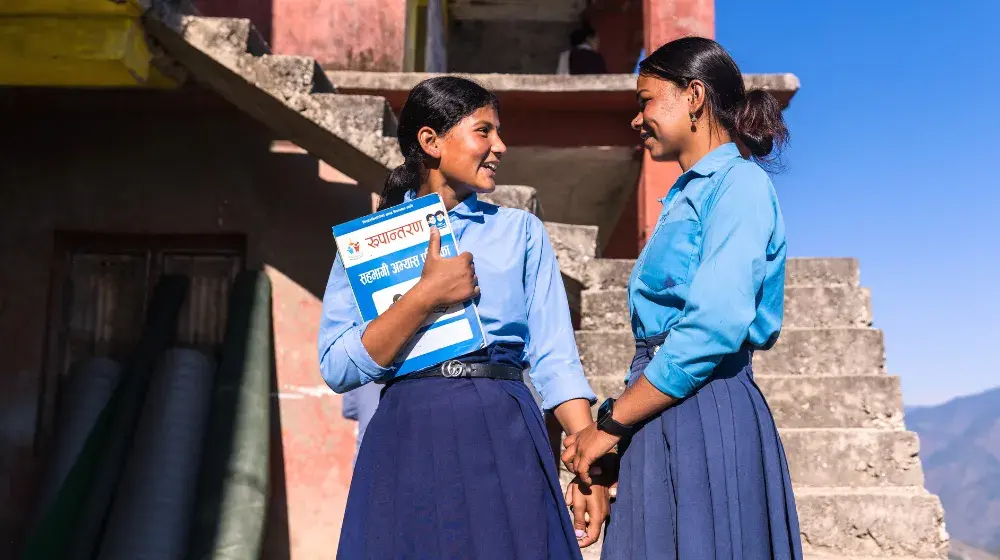12 August was designated as International Youth Day by the UN General Assembly in 1999. It is an annual celebration of the role of young women and men as essential partners in promoting human rights and development. It is also an opportunity to raise awareness of the challenges and hardships facing the world’s youth.
Young people are powerful agents of change and progress when they are educated and empowered to participate in decision-making. Yet around the world, too many youth are being left behind. They receive a substandard education, or no education at all, and find few decent employment opportunities. They struggle to access basic sexual and reproductive health information and services. Without these tools, young people – young women, in particular – find themselves grappling with poverty, early pregnancy, disease and other challenges.
UNFPA advocates for the rights of young people, including their right to accurate information and services related to sexual and reproductive health and their right to play a role in decisions affecting them.
Nepal's context
Never before have there been so many young people in Nepal. Never again is there likely to be such potential for economic and social progress. With falling fertility and mortality rates, leaving fewer dependents, the country has a one-time opportunity for rapid economic growth and stability. How we meet the needs and aspirations of young people will define our common future.
Right now Nepal has the largest productive youth population compared to the dependent population in its history. About 35 percent of the population is below the age of 15 while 57 percent are between the productive ages of 15-59 years and another 25 percent are expected to reach the working age within a decade based on population projections. There are more than six million adolescents, of whom about half are girls—one fourth of the country’s total population. This is a huge opportunity.
These figures will prevail for a limited period and the window of opportunity that Nepal currently has might close within the next 20-30 years. Therefore, to maximise the demographic dividend, it will be essential for all relevant partners to continue investing in young people. They can be a powerful force for progress if equipped with education, health and skills to realise their full potential.
In Nepal, UNFPA will continue to focus on young people, helping them participate in decisions affecting them, supporting the provision of comprehensive sexuality education, providing quality reproductive health services and strengthening their ability to advance human rights and development issues.





